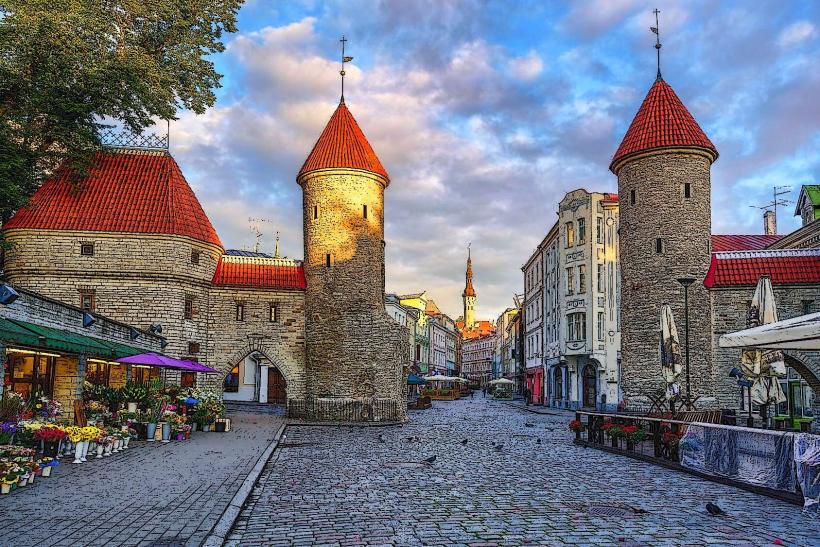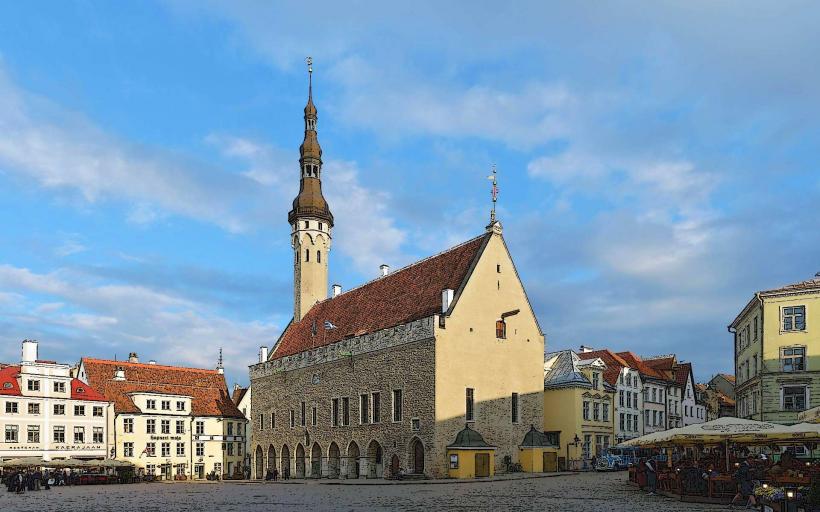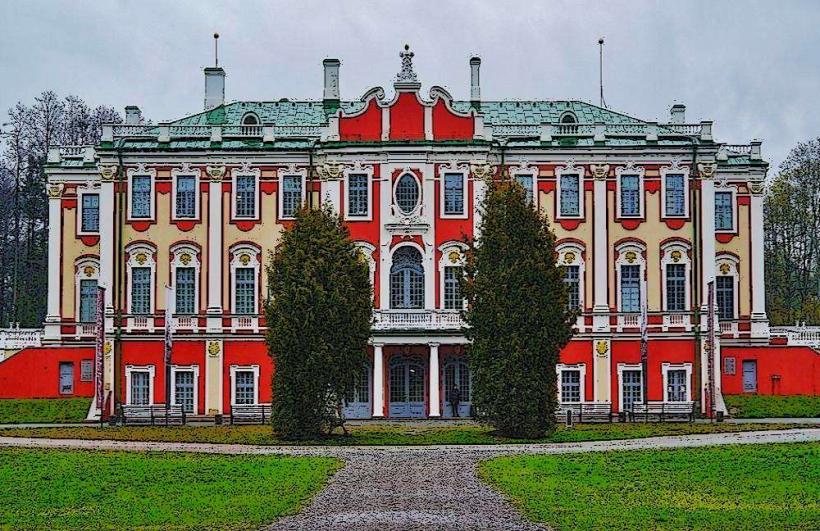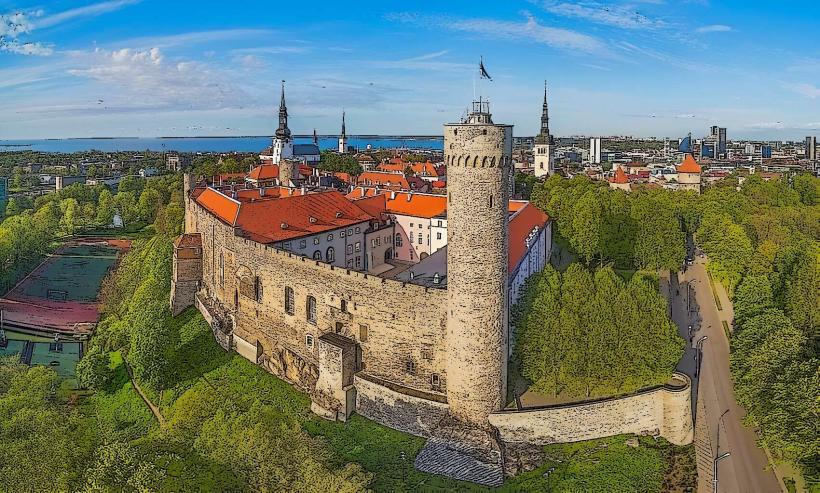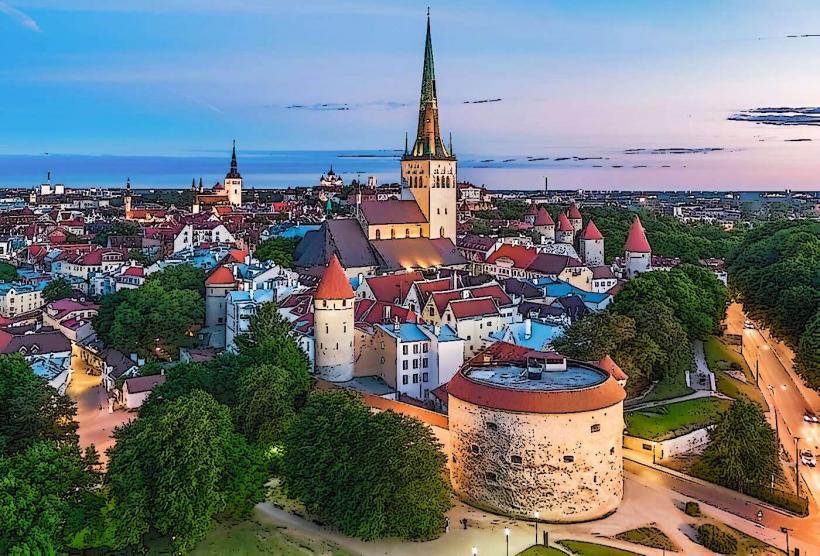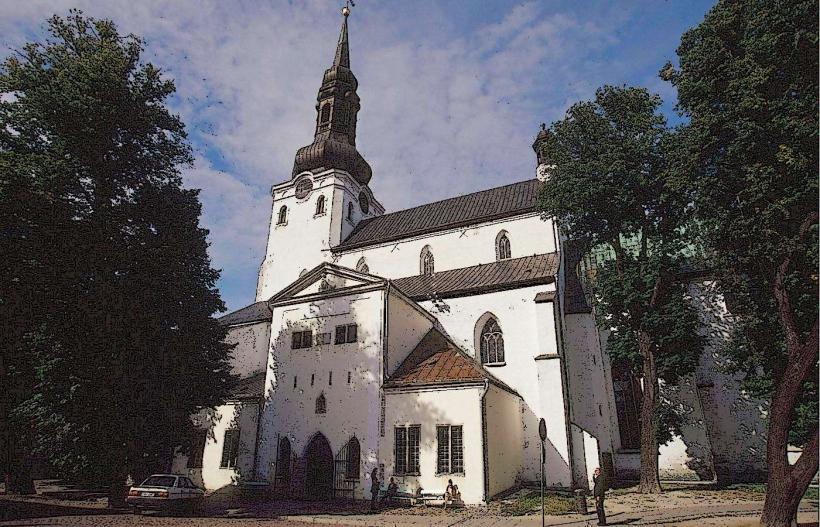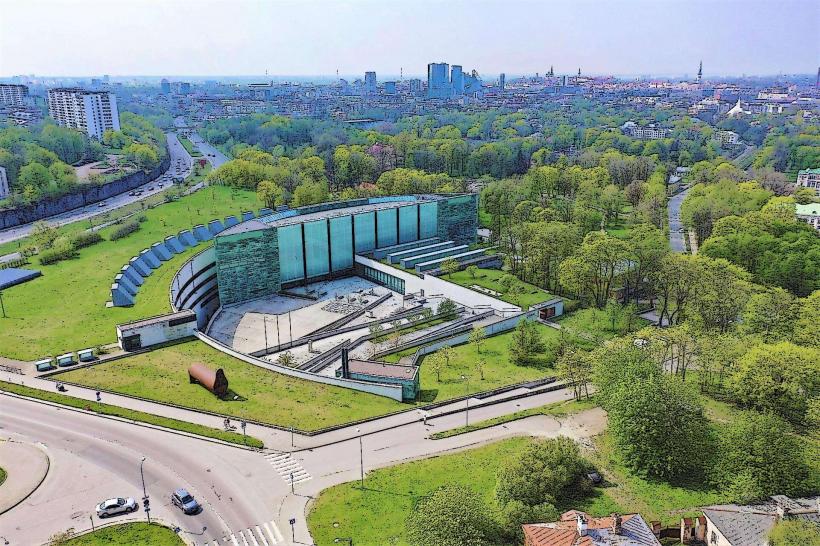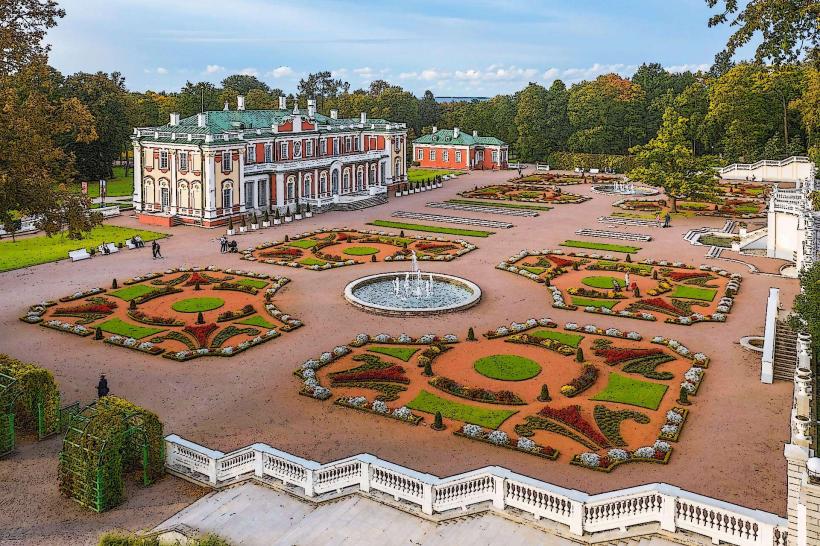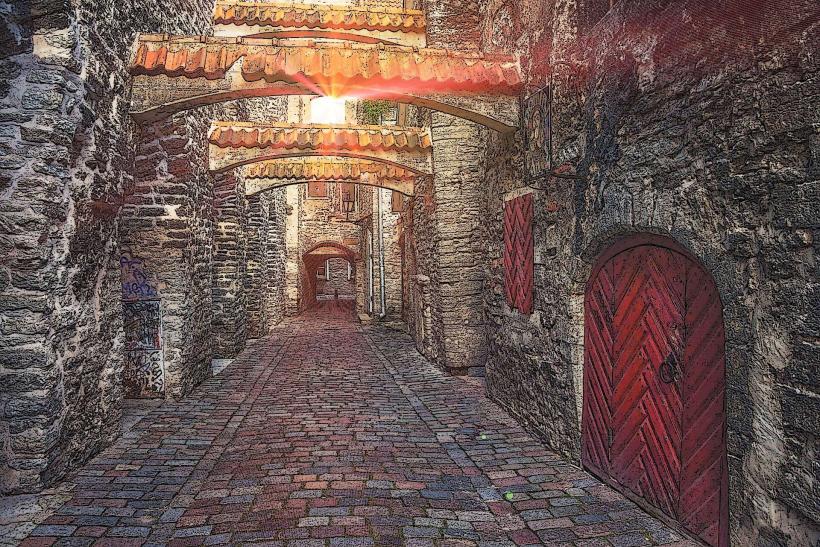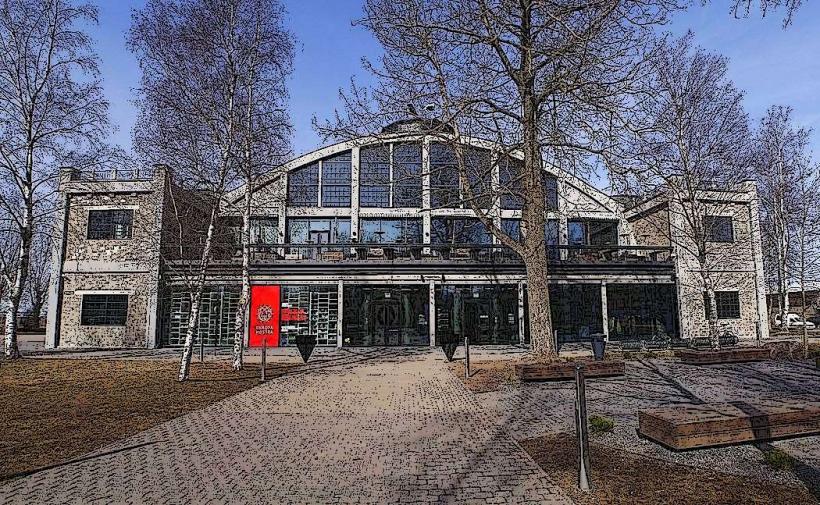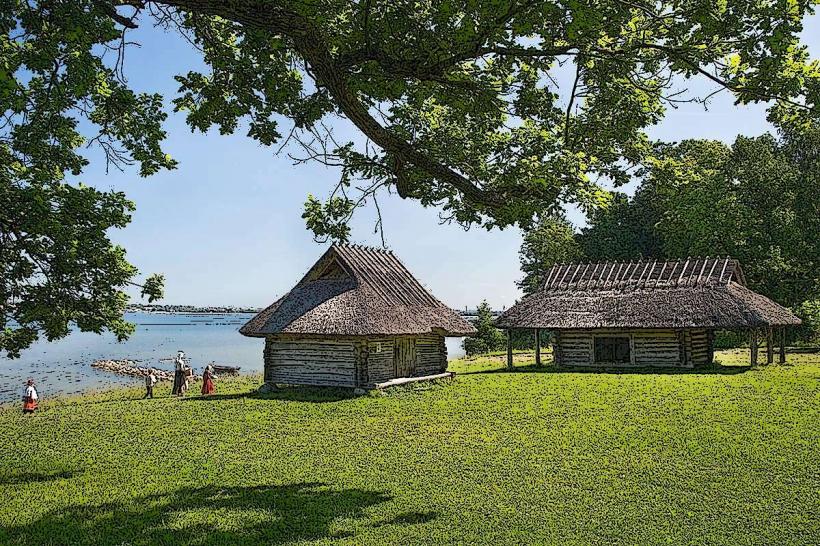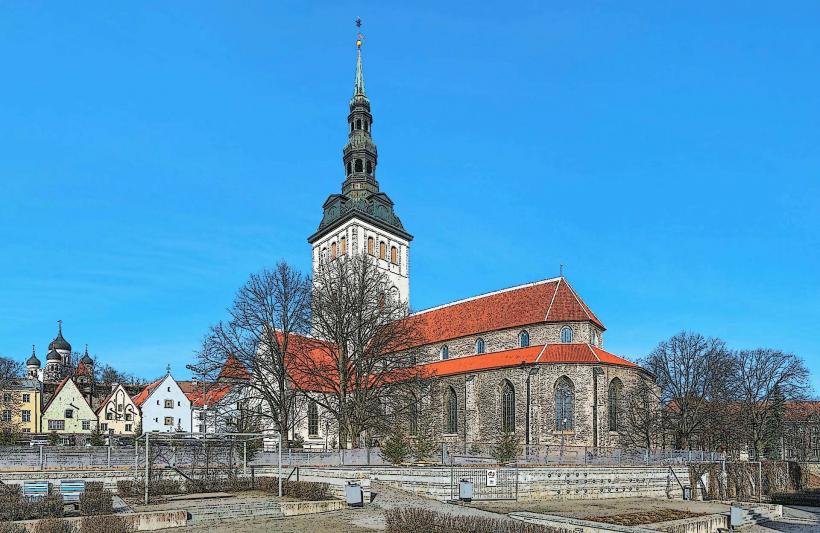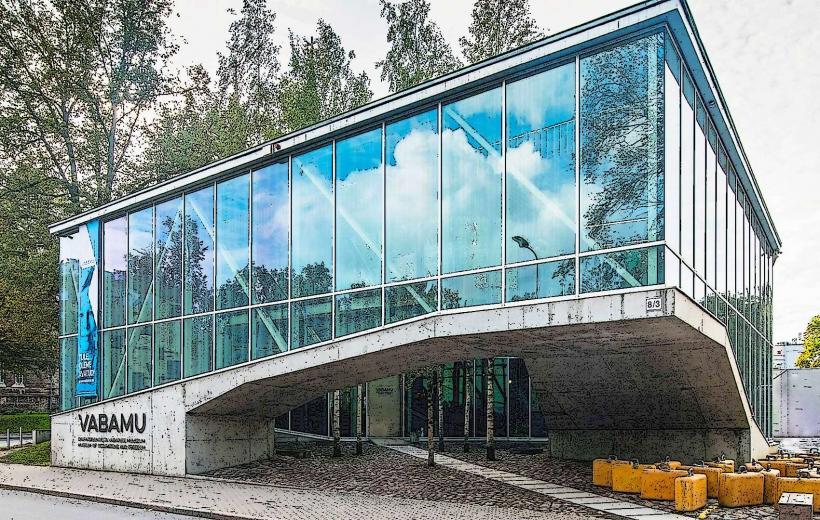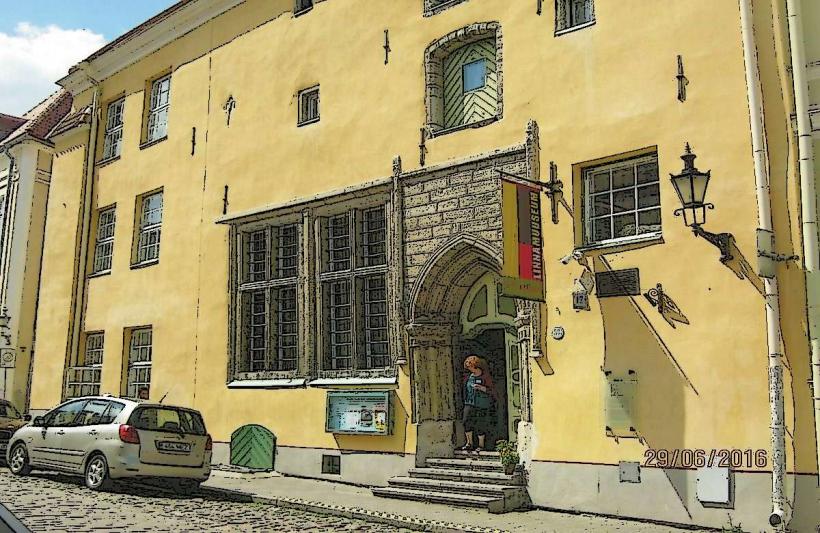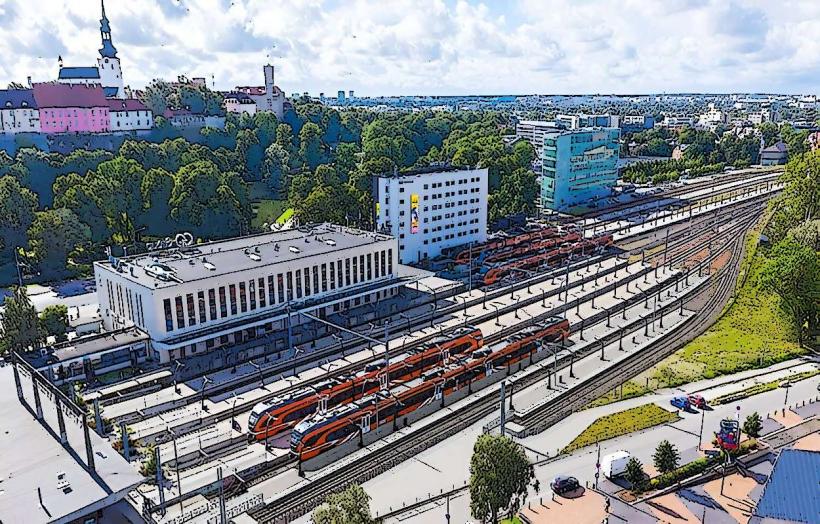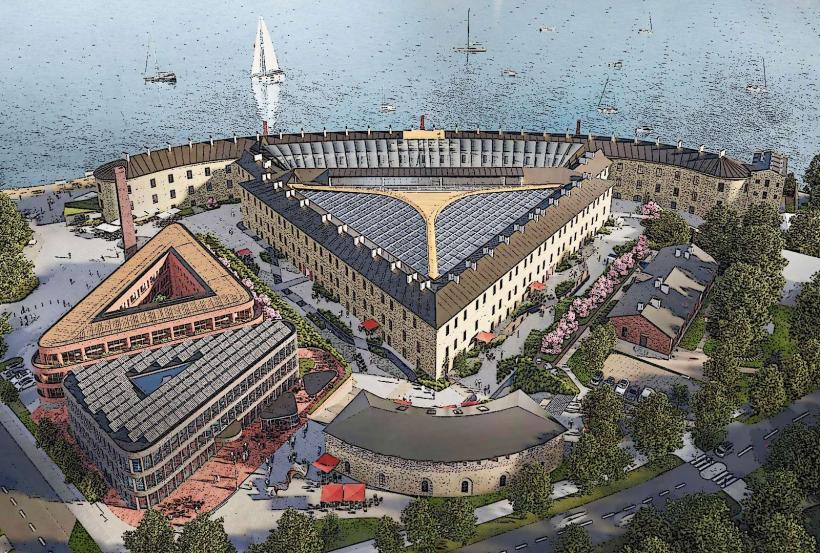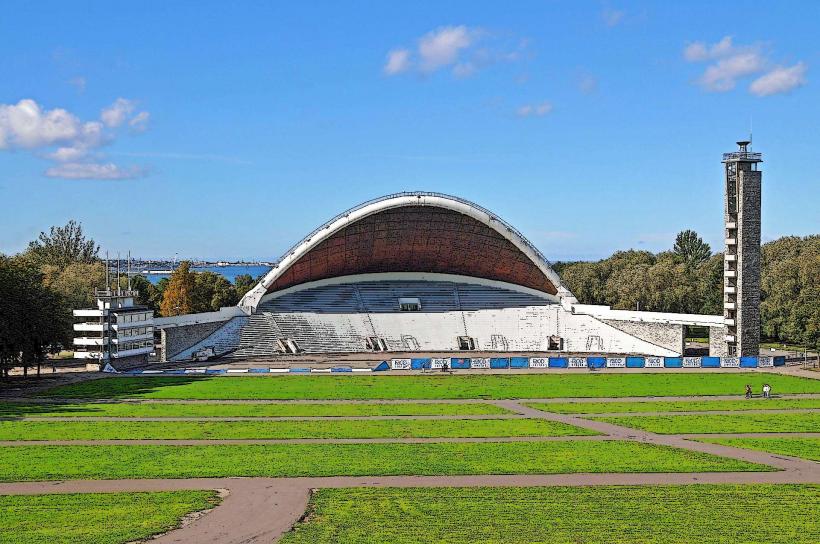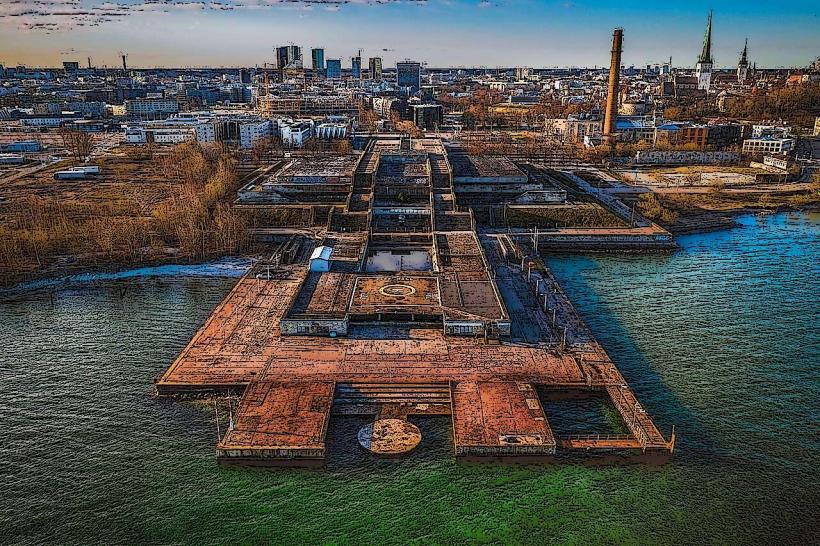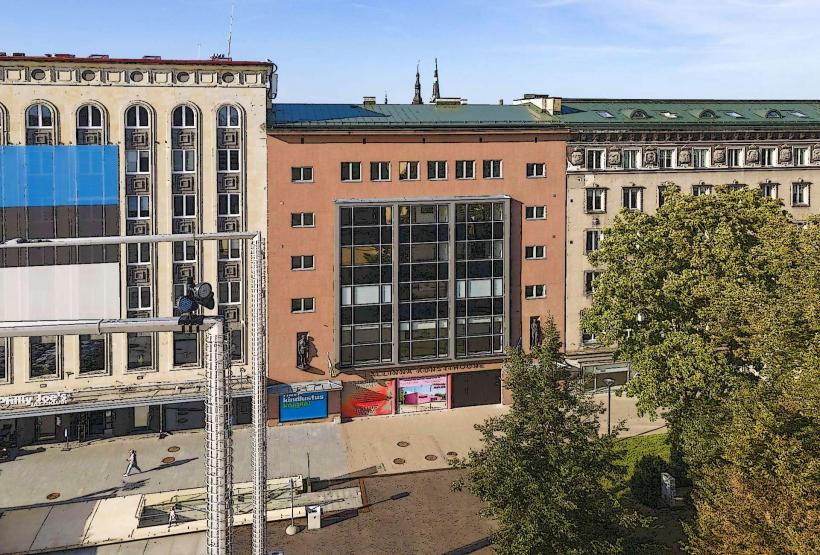Information
Landmark: Pirita ConventCity: Tallinn
Country: Estonia
Continent: Europe
Pirita Convent (Pirita klooster) is a historically significant and picturesque ruin located on the coast of Tallinn, Estonia. This Cistercian convent was once a vibrant religious community but is now an important cultural and historical site, blending nature, history, and architecture. Here's a detailed overview of Pirita Convent:
Historical Background
Foundation:
- The Pirita Convent was established in 1407 as a Cistercian nunnery under the rule of the Danish King Valdemar IV. The convent was founded in a remote and tranquil location along the Pirita River, just north of Tallinn, making it an ideal place for the monastic community.
- It was meant to provide spiritual refuge for the nuns and support the Cistercian Order, a Roman Catholic religious community known for its strict religious practices and focus on austerity and hard work.
Growth and Prosperity:
- The convent flourished during the late medieval period and became a significant religious institution in the region. The nuns of Pirita Convent were involved in religious life, charity, and agricultural work, and the convent received donations from local nobility, which helped fund its activities.
- The convent grew to include a church, a cloister, and various buildings dedicated to the monastic lifestyle, such as dormitories, kitchens, and workshops.
Decline and Ruins:
- Like many religious institutions in the Baltic region, the Pirita Convent suffered during the Reformation in the 16th century. With the rise of Protestantism in Estonia, the Catholic nunnery was closed and abandoned by 1525.
- The convent was subsequently partially destroyed by Russian forces in the 17th century during the wars involving the Swedish Empire and Russia. Over time, the convent fell into ruin, with many of its buildings lost.
Modern Times:
- Today, the site of the Pirita Convent is a ruin but remains one of Tallinn’s most iconic historical landmarks. The remnants of the church and surrounding structures are popular with visitors, offering a glimpse into Estonia's medieval past.
Architectural Features
Convent Church:
- The main structure of the convent was the church, which originally served as the central place of worship. While much of the church was destroyed, parts of the structure, including its nave and walls, are still standing. The tall, slender arches and vaults of the church are a prime example of Gothic architecture.
- The church was originally built in the early 1400s, and its design reflects the Cistercian style, which emphasizes simplicity and functionality. The church had a wooden ceiling and stone columns, with a rectangular layout typical of Cistercian monastic buildings.
Cloisters and Other Buildings:
- The convent originally included a cloister (a covered walkway) surrounding a central courtyard. While much of the cloister has been lost, portions of it remain as part of the overall ruin.
- In addition to the church, the convent included monastic quarters for the nuns, gardens, and areas for agricultural production. The remaining walls and arches of these buildings give visitors a sense of the space that once housed the religious community.
Location and Setting:
- The convent is set in a beautiful natural location, situated near the Pirita River and offering views of the sea. The surrounding landscape is now part of a nature park, making it a peaceful and scenic place to visit. The ruins are often seen in contrast to the modern city of Tallinn, offering a striking juxtaposition of past and present.
Cultural and Religious Significance
Medieval Religious Life:
- Pirita Convent was an important center of Catholic religious life in medieval Tallinn. It was part of the Cistercian Order, known for its devotion to austerity, labor, and prayer. The convent provided a place for religious devotion and spiritual reflection, especially for women during a time when their opportunities for religious expression were limited.
Impact of the Reformation:
- The closure of the convent during the Protestant Reformation marked a significant shift in the religious landscape of Tallinn and Estonia. The conversion of many religious buildings to Protestantism, including the Pirita Convent, reflects the wider movement of religious change that swept through Europe in the 16th century.
Soviet Period:
- During the Soviet occupation of Estonia (1940-1991), the site was neglected and largely ignored. The Pirita Convent became an overgrown ruin, though it was occasionally used for Soviet purposes. After Estonia regained independence, the site began to receive more attention for its historical and cultural value.
Visitor Experience
Exploring the Ruins:
- Today, Pirita Convent is a popular tourist destination, particularly for those interested in medieval history, architecture, and religious heritage. Visitors can walk around the ruins, exploring the standing walls, arches, and remnants of the church and monastic buildings.
- The site has information boards that explain the history of the convent and the significance of various parts of the structure, providing context for visitors as they explore the ruins.
Scenic Views:
- The location of Pirita Convent makes it an excellent spot for photography and enjoying the surrounding nature. The convent is located near the Pirita Beach and offers views of the Baltic Sea in addition to the beautiful landscapes around Tallinn. It’s a peaceful spot, perfect for reflecting on the region's history or simply enjoying the natural beauty.
Pirita Convent and Modern Tallinn:
- Pirita Convent provides a glimpse into Tallinn’s medieval past, while also offering a serene escape from the hustle and bustle of the modern city. It is especially popular for those who appreciate historic ruins and medieval architecture.
Cultural Events:
- Occasionally, the site hosts cultural events such as concerts, medieval fairs, and special exhibitions that focus on the history and heritage of the convent. These events offer a way to engage with the site beyond just its architectural and historical value.
Practical Information
Location: Pirita Convent is located in the Pirita district of Tallinn, about 7 kilometers (4.3 miles) from the city center. It is accessible by car, public transport, or bicycle.
Opening Hours: The ruins are typically open to visitors year-round, though it’s best to check for any special events or closures.
Admission: Access to the ruins is free, though there may be charges for guided tours or special events held at the site.
Why Visit Pirita Convent?
Rich History: Pirita Convent offers a unique insight into the religious and cultural history of Tallinn and Estonia, especially regarding the Cistercian Order and the impact of the Reformation.
Scenic Setting: The convent is set in a beautiful location near the river and the sea, making it a perfect spot for those looking to enjoy nature alongside historical exploration.
Architectural Ruins: The ruins of the convent provide a tangible connection to the medieval past of Tallinn, and the standing Gothic architecture offers a glimpse into the once grand structure of the convent.
Peaceful and Reflective Atmosphere: The tranquil surroundings make Pirita Convent an ideal location for those seeking a quiet place to reflect on Tallinn’s history or simply enjoy the peaceful ambiance.
Pirita Convent remains an evocative reminder of Tallinn’s medieval religious history and offers a fascinating experience for visitors interested in history, architecture, and nature.

